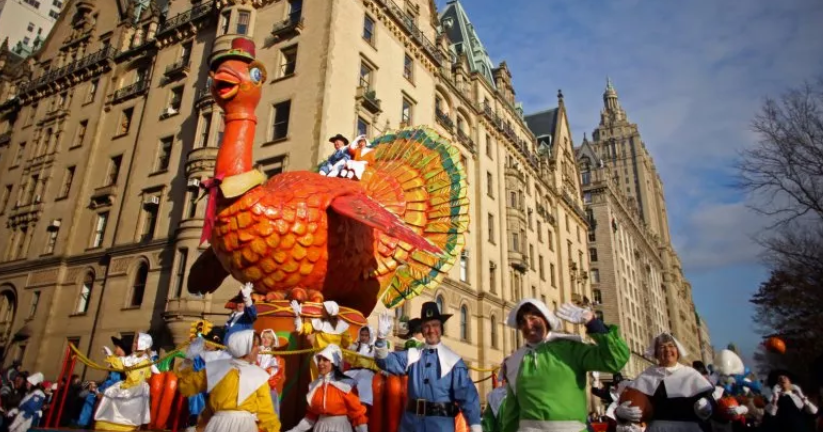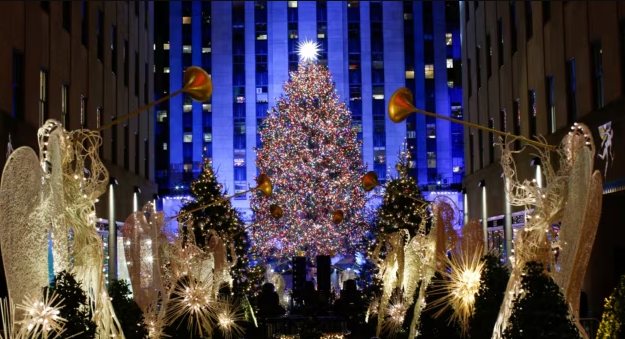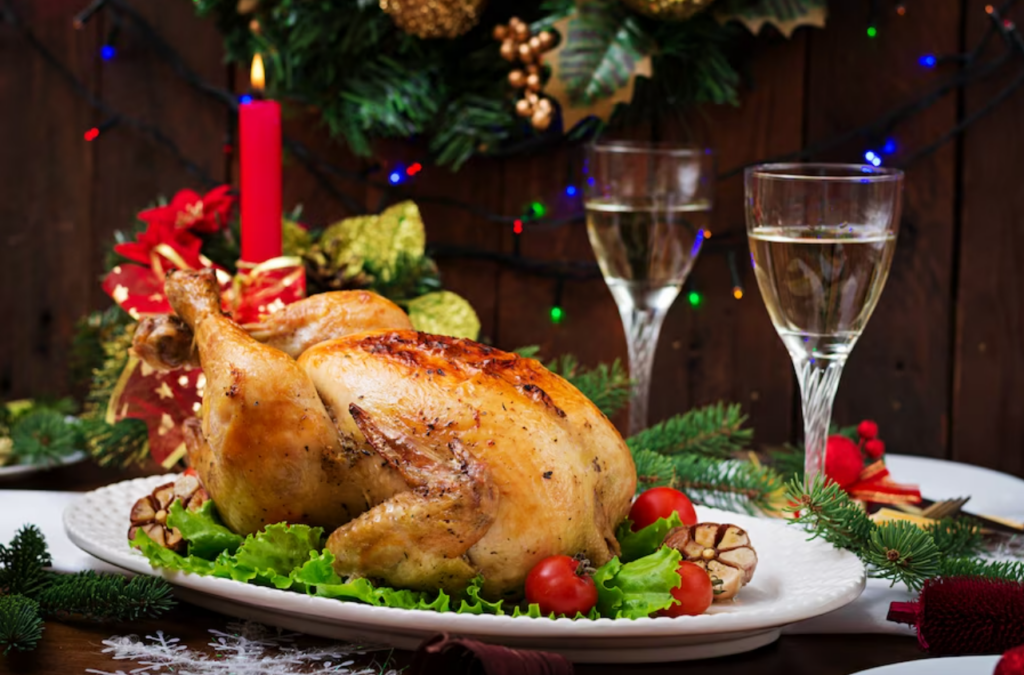Thanksgiving is a holiday that evokes a mix of warmth, gratitude, and reflection. As families gather around tables laden with food, the day serves as a reminder of historical events and cultural traditions that have shaped American society. The origins of Thanksgiving can be traced back to the early 17th century in Plymouth, Massachusetts, where the Pilgrims celebrated their first successful harvest with the Wampanoag people. This event has become emblematic of cooperation and community, yet it also invites scrutiny regarding its historical accuracy and the implications of its legacy.
The story of Thanksgiving is often romanticized in American culture, presenting a vision of harmony between Native Americans and settlers. However, beneath this surface lies a complex history of conflict and misunderstanding. As the holiday approaches each year, it prompts discussions about its true significance—both as a celebration of abundance and a moment for critical reflection on the past. This article delves into the various facets of Thanksgiving, exploring its origins, traditions, controversies, and enduring cultural impact.
Thanksgiving at Plymouth
The narrative of Thanksgiving begins in 1620 when a group of English Puritans known as the Pilgrims set sail aboard the Mayflower, seeking religious freedom. After a treacherous journey across the Atlantic Ocean, they arrived at what is now Plymouth, Massachusetts. Faced with harsh conditions and limited resources, the Pilgrims struggled to survive their first winter. Their fortunes changed when they encountered the Wampanoag tribe, who played a crucial role in their survival by teaching them essential agricultural practices.
In November 1621, after a bountiful harvest, the Pilgrims organized a feast to celebrate their success. This gathering included approximately 50 Pilgrims and around 90 Wampanoag guests. The three-day event was marked by feasting on local game such as deer and fowl—likely not turkey as commonly believed today—alongside corn and other native crops. This gathering is often called the “First Thanksgiving,” symbolizing an early instance of cooperation between two distinct cultures.
However, this idyllic portrayal overlooks the subsequent deterioration of relations between Native Americans and European settlers. Within a generation, tensions escalated into violent conflicts such as King Philip’s War (1675-1676), which devastated Native populations and transformed New England’s landscape forever. Thus, while the 1621 feast is celebrated as a moment of unity, it is essential to recognize the broader historical context that followed.
When Was the First Thanksgiving?
Determining when the “first” Thanksgiving occurred can be contentious due to competing claims from various regions in America. While many recognize 1621 in Plymouth as the inaugural feast, earlier celebrations existed elsewhere in North America. For instance, in 1619 at Berkeley Hundred in Virginia, English settlers held a day of Thanksgiving upon their arrival—a religious observance mandated by their charter.
Moreover, Spanish explorers celebrated Thanksgiving meals with Native Americans long before the Pilgrims arrived in New England. For example, in 1565, in St. Augustine, Florida, a meal was shared with members of the Seloy tribe during a mass celebrating their settlement. These instances challenge the notion that Plymouth’s feast was singularly significant in American history.
The complexity surrounding these early celebrations highlights how different communities have interpreted Thanksgiving throughout history, ranging from solemn religious observances to festive harvest celebrations. Each event reflects unique cultural practices and values while contributing to an evolving narrative about gratitude and community.
Origins of Thanksgiving as a National Holiday
Thanksgiving did not become an official national holiday until much later in American history. Although various colonies celebrated days of Thanksgiving throughout the 17th and 18th centuries—often tied to religious observances or military victories—it wasn’t until President Abraham Lincoln’s proclamation in 1863 that Thanksgiving was established as an annual national holiday.
Lincoln’s declaration came during the Civil War when he sought to unify a divided nation by promoting gratitude for blessings amid turmoil. He designated the last Thursday in November as a day for all Americans to give thanks for their fortunes—a move influenced by activist Sarah Josepha Hale’s decades-long campaign advocating for a national holiday.
The adoption of Thanksgiving as an official holiday marked a significant shift in its observance from localized celebrations to a nationwide tradition. Over time, it evolved into an occasion for family gatherings centered around shared meals—solidifying its place within American culture.
Thanksgiving Food
Central to Thanksgiving celebrations is food—especially turkey—which has become synonymous with the holiday itself. The traditional meal often includes stuffing, cranberry sauce, mashed potatoes, gravy, sweet potatoes, pumpkin pie, and other dishes that vary by region and family tradition.
Historically speaking, however, the menu enjoyed during the first Thanksgiving was quite different from today’s spread. The Pilgrims likely dined on venison provided by their Wampanoag guests, wildfowl such as ducks or geese—not turkey specifically—and seasonal vegetables like corn and squash.
As time progressed and culinary traditions evolved across America’s diverse regions—shaped by immigrant influences—the modern Thanksgiving meal emerged. Today’s feast reflects a blend of cultural heritage while maintaining core elements that honor historical roots.
Macy’s Thanksgiving Day Parade
A hallmark of modern Thanksgiving celebrations is the Macy’s Thanksgiving Day Parade, held annually in New York City since 1924. Originally conceived as a festive event featuring floats and performances from local communities, it has transformed into one of America’s most iconic parades.
The parade showcases elaborate floats representing various themes alongside giant character balloons that delight audiences on-site and televised nationwide. It has become synonymous with Thanksgiving morning for millions who tune in to witness this spectacle before gathering for their family meals. Beyond the entertainment value, Macy’s Parade serves as an opportunity for charitable initiatives—raising funds for local organizations while fostering community spirit during this season of gratitude.
Thanksgiving Controversies
Despite its reputation as a day for family togetherness and gratitude, Thanksgiving is not without controversy. Many Native Americans view it as a reminder of colonization’s painful legacy rather than an occasion for celebration. Events such as National Day of Mourning highlight this perspective by encouraging reflection on historical injustices faced by Indigenous peoples.
Critics argue that mainstream narratives surrounding Thanksgiving often gloss over these complexities—promoting an idealized version that overlooks violence against Native populations following European settlement. As awareness grows regarding social justice issues related to race and history in America today, many individuals are reevaluating how they approach this holiday.
Furthermore, discussions about cultural appropriation arise when examining how Indigenous traditions are sometimes co-opted or misrepresented within contemporary celebrations. This topic warrants thoughtful consideration among those wishing to honor heritage and history authentically.
Thanksgiving’s Ancient Origins
Giving thanks has deep roots extending far beyond American history or even European traditions; it can be traced back to ancient civilizations across various cultures worldwide. Harvest festivals celebrating abundance have existed since antiquity—often involving communal feasting alongside rituals honoring deities associated with fertility or agriculture.
For instance, ancient Greeks held ceremonies dedicated to Demeter—the goddess of harvest—while Romans celebrated Ceres with offerings during grain harvests. Similarly, many Indigenous cultures across North America have long practiced ceremonies expressing gratitude for nature’s provisions through communal gatherings centered around food sharing.
These ancient customs reveal that Thanksgiving transcends geographical boundaries; it embodies universal themes of gratitude tied intricately to humanity’s relationship with nature—a reminder that appreciation for life’s blessings is timeless.
In conclusion, Thanksgiving serves not only as an opportunity for families to gather but also invites reflection on its multifaceted history encompassing joy and sorrow—a duality inherent within the human experience. Understanding these complexities enriches our appreciation for tradition while fostering dialogue about how to honor past struggles and present joys collectively moving forward into future celebrations.
Those interested in exploring Thanksgiving’s rich history and significance within specific locations like Clinton or beyond can find additional insights through this Embracing Tradition and Community: Events and Activities to Celebrate Gratitude in Clinton.
Source: history.com/topics
Header Image Source: newsweek.com






